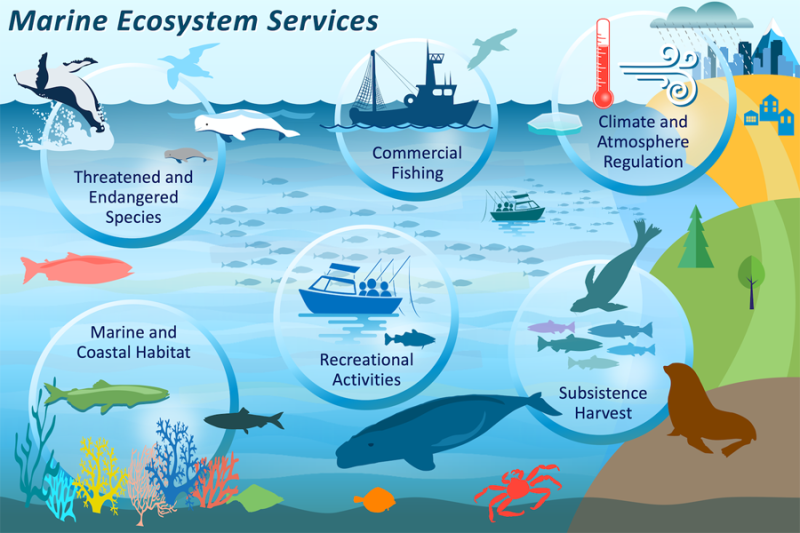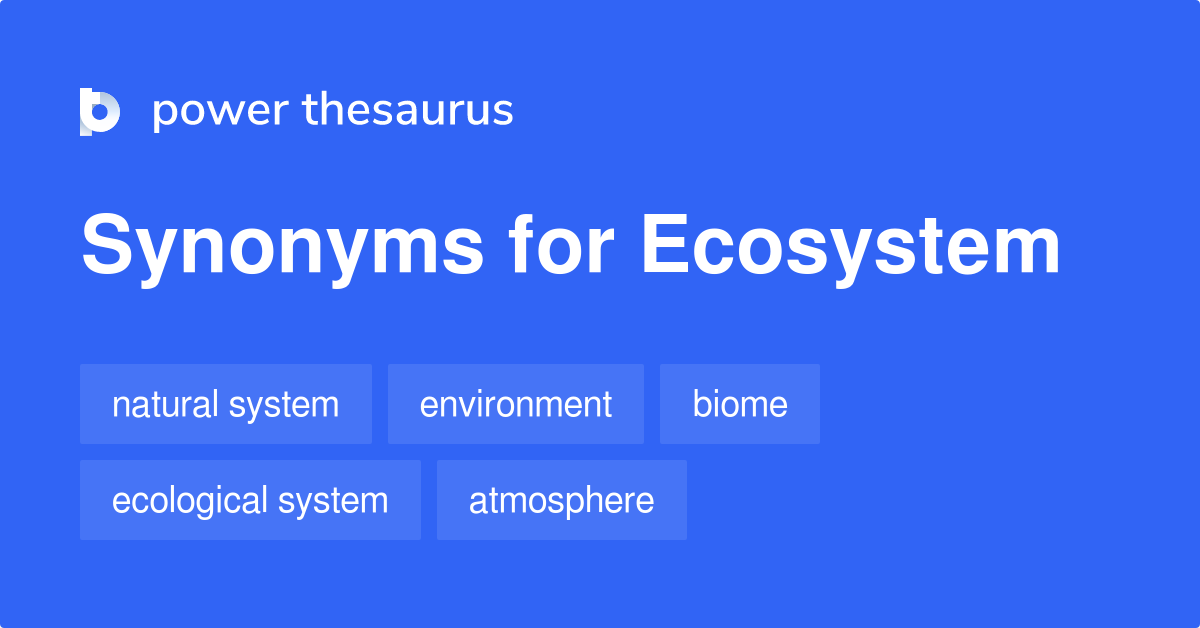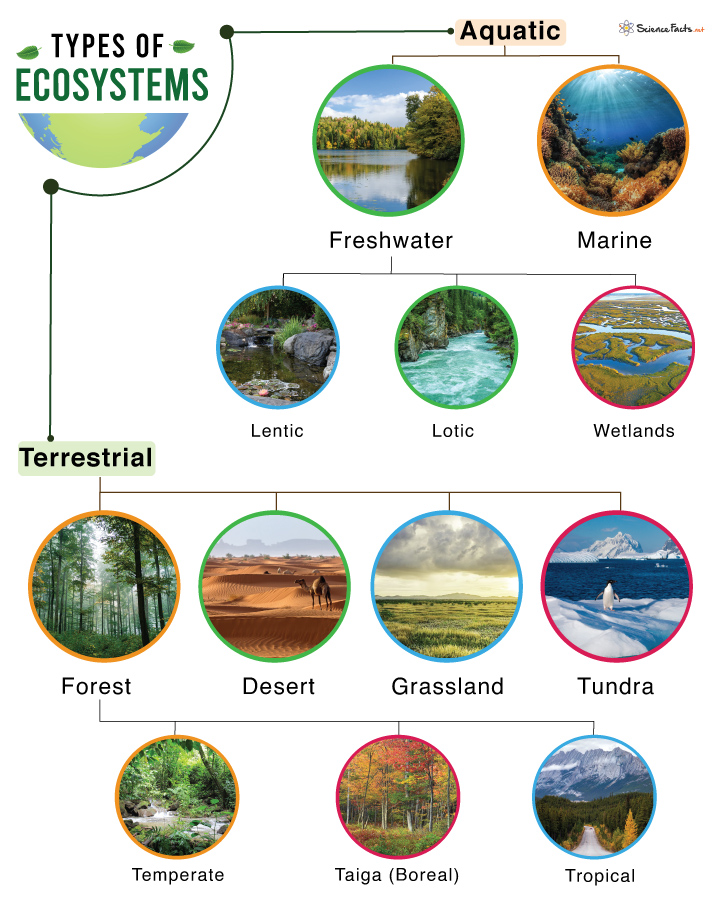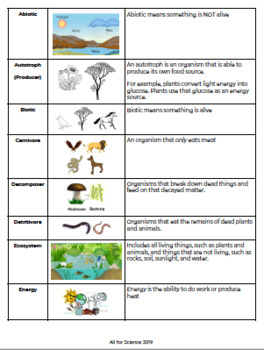Topic how do ecologists classify aquatic ecosystems: Discover the fascinating methods ecologists use to classify aquatic ecosystems, unraveling the mysteries of water-based habitats and their vital ecological roles.
Table of Content
- How do ecologists classify aquatic ecosystems?
- Overview of Aquatic Ecosystems
- Classification by Water Salinity
- Freshwater Ecosystems: Rivers, Lakes, and Wetlands
- Marine Ecosystems: Oceans, Seas, and Coral Reefs
- Brackish Ecosystems: Estuaries and Mangroves
- Classification by Depth and Light Zones
- YOUTUBE: Freshwater Ecosystems
- Unique Ecosystems: Hydrothermal Vents and Cold Seeps
- Human Impacts on Aquatic Ecosystems
- Conservation and Restoration Efforts
How do ecologists classify aquatic ecosystems?
Ecologists classify aquatic ecosystems based on several criteria:
- Salinity: The level of salt concentration in the water is a significant factor in classifying aquatic ecosystems. There are three main types of aquatic ecosystems based on salinity:
- Freshwater Ecosystems: These ecosystems have low salinity levels and include habitats like lakes, rivers, and ponds.
- Brackish Water Ecosystems: These ecosystems have a moderate salinity level and are found in areas where freshwater mixes with saltwater, such as estuaries and mangrove swamps.
- Marine Ecosystems: These ecosystems have high salinity levels and include oceans and seas.
- Depth: The depth of the aquatic ecosystem also plays a role in its classification. Different zones within the water column have unique characteristics and support specific organisms. These zones include the littoral zone (shallow and near the shore), limnetic zone (open water), and benthic zone (bottom of the water).
- Water Flow: Aquatic ecosystems can be categorized based on whether the water is flowing or standing:
- Lotic Ecosystems: These ecosystems have flowing water, such as rivers and streams. The rate and direction of water flow influence the organisms found in these ecosystems.
- Lentic Ecosystems: These ecosystems have standing water, including lakes, ponds, and wetlands. The stillness of the water allows for the development of distinct habitats.
READ MORE:
Overview of Aquatic Ecosystems
Aquatic ecosystems encompass the diverse watery environments on Earth, vital for supporting a myriad of life forms. From the vast, salty oceans to the tranquil freshwater lakes, each ecosystem is a complex interplay of biotic (living) and abiotic (non-living) elements.
- Marine Ecosystems: Covering over 70% of the Earth"s surface, these saltwater environments range from deep oceans to shallow coral reefs, teeming with life adapted to saline conditions.
- Freshwater Ecosystems: These include rivers, lakes, streams, and wetlands, characterized by a low salt concentration. They are crucial for providing drinking water, agriculture, and habitats for diverse species.
- Brackish Ecosystems: These are transitional areas where freshwater and saltwater mix, such as estuaries and mangroves, offering unique habitats that support varied species adapted to fluctuating salinity levels.
Ecologists classify these ecosystems not only based on salinity but also considering factors like depth, flow, temperature, and the availability of light. This classification helps in understanding the ecological dynamics and in the conservation of these vital habitats.

Classification by Water Salinity
Water salinity is a pivotal factor ecologists use to classify aquatic ecosystems, reflecting the varying salt concentrations in different water bodies.
- Freshwater Ecosystems: Characterized by low salinity levels, usually less than 1%, encompassing rivers, lakes, and ponds. Freshwater habitats are crucial for a wide range of plant and animal species.
- Marine Ecosystems: These ecosystems have high salinity levels, above 3.5%, and include oceans, seas, and coral reefs. Marine environments are known for their biodiversity, especially in coral reef ecosystems.
- Brackish Ecosystems: Brackish waters have moderate salinity levels, between freshwater and marine systems, typically found in estuaries where rivers meet the sea. This unique salinity gradient creates diverse and productive habitats.
This classification helps in understanding the adaptability and biodiversity of species in different salinity conditions, influencing conservation and management strategies for aquatic ecosystems.
Freshwater Ecosystems: Rivers, Lakes, and Wetlands
Freshwater ecosystems are vital to biodiversity, providing essential habitats for a wide array of species. They play a critical role in the hydrological cycle, supporting ecosystems and human civilizations alike.
- Rivers: Dynamic systems that flow across diverse landscapes, rivers are crucial for transportation, agriculture, and as freshwater sources. They support species adapted to currents and seasonal flow variations.
- Lakes: Ranging from small ponds to vast bodies like the Great Lakes, these standing waters are central to local ecosystems. They provide habitat for aquatic plants, fish, and serve as resting spots for migratory birds.
- Wetlands: Including marshes, swamps, and bogs, wetlands are among the most productive ecosystems. They act as natural water filters, flood protectors, and carbon sinks, besides hosting diverse flora and fauna.
These freshwater ecosystems are interconnected, influencing each other and the broader ecological landscape. Conservation efforts are crucial to maintain their biodiversity and the services they provide to humanity.

Marine Ecosystems: Oceans, Seas, and Coral Reefs
Marine ecosystems, covering over 70% of the Earth"s surface, are vast and diverse environments that include oceans, seas, and coral reefs. They play a critical role in the planet"s climate system, biogeochemical cycles, and provide habitats for a myriad of species.
- Oceans: The largest marine ecosystems, oceans are home to a vast array of life forms, from microscopic plankton to the largest whales. They are divided into different zones based on depth and light penetration, each hosting unique communities.
- Seas: Smaller than oceans and typically located where the land and ocean meet, seas often have a higher concentration of nutrients, making them rich in marine life and important areas for human activities such as fishing.
- Coral Reefs: Often referred to as the "rainforests of the sea," coral reefs are biodiversity hotspots, providing habitat for approximately 25% of all marine species despite covering less than 0.1% of the ocean floor.
Marine ecosystems are critical for global biodiversity, climate regulation, and the economy. They face threats from overfishing, pollution, and climate change, highlighting the need for sustainable management and conservation efforts.
Brackish Ecosystems: Estuaries and Mangroves
Brackish ecosystems, characterized by their unique mix of saltwater and freshwater, offer critical habitats for diverse species and serve as natural water filters. Estuaries and mangroves are prime examples of such environments.
- Estuaries: Formed where rivers meet the sea, estuaries are dynamic environments with varying salinity levels. They are nurseries for many marine species, providing shelter and abundant food sources.
- Mangroves: Found along coastlines in tropical and subtropical regions, mangrove forests are adapted to saltwater conditions. Their dense root systems protect shorelines from erosion and support a rich biodiversity.
These ecosystems are vital for maintaining ecological balance, supporting fisheries, and protecting coastlines. However, they are increasingly threatened by human activities and climate change, necessitating focused conservation efforts.

Classification by Depth and Light Zones
Ecologists classify aquatic ecosystems based on depth and light penetration, creating distinct zones each supporting unique life forms and biological processes.
- Euphotic Zone: Also known as the sunlight zone, this is the uppermost layer of water that receives ample sunlight, allowing photosynthesis. It hosts a wide range of life, including phytoplankton, fish, and most marine mammals.
- Dysphotic Zone: Below the euphotic zone, this layer receives less light, making photosynthesis limited. It is often referred to as the twilight zone and supports fewer life forms compared to the euphotic zone.
- Aphotic Zone: This is the dark zone, where no light penetrates. The organisms in this zone, such as deep-sea fish and bioluminescent organisms, are adapted to extreme conditions and often rely on chemosynthesis or detritus from upper layers for food.
Understanding these zones helps ecologists study the distribution of marine life, their adaptations, and the ecological dynamics of aquatic environments.
Freshwater Ecosystems
Classify: Discover the fascinating world of classification with our captivating video! Explore how scientists categorize and organize the incredible diversity of life around us. Become an expert in classifying organisms and unlock the secrets of our natural world!
Freshwater Ecosystems
Freshwater: Dive into the mesmerizing realm of freshwater ecosystems. Immerse yourself in the serene beauty of lakes, rivers, and ponds, as we uncover the incredible biodiversity and unique creatures that inhabit these pristine habitats. Join us on an awe-inspiring journey through the wonders of freshwater!
Unique Ecosystems: Hydrothermal Vents and Cold Seeps
Hydrothermal vents and cold seeps represent some of the most extraordinary ecosystems on Earth, thriving in the deep sea"s dark, high-pressure environments.
- Hydrothermal Vents: Located along mid-ocean ridges, hydrothermal vents eject superheated, mineral-rich water. This creates unique habitats supporting communities that rely on chemosynthesis, a process where bacteria convert chemicals like hydrogen sulfide into organic matter, forming the base of the food web.
- Cold Seeps: These are areas where hydrocarbon-rich fluid leaks from the ocean floor, often at lower temperatures compared to vents. Cold seeps host diverse communities, including tube worms, clams, and methane-consuming bacteria, all adapted to this unique environment.
These ecosystems challenge our understanding of life, demonstrating resilience and adaptation in extreme conditions, far removed from sunlight"s reach.

Human Impacts on Aquatic Ecosystems
Human activities have profoundly impacted aquatic ecosystems worldwide, affecting water quality, habitat integrity, and species diversity.
- Pollution: Runoff carrying pesticides, fertilizers, and waste from agricultural and urban areas contaminates water bodies, leading to eutrophication and harmful algal blooms.
- Climate Change: Rising temperatures and altered precipitation patterns affect water availability, temperature, and ecosystem dynamics, leading to shifts in species distribution and productivity.
- Overfishing: Unsustainable fishing practices reduce fish populations, disrupt food webs, and lead to the decline of commercial and subsistence fisheries.
- Habitat Destruction: Development, deforestation, and dam construction destroy or alter aquatic habitats, reducing biodiversity and ecosystem services.
- Invasive Species: Introductions of non-native species can outcompete, prey upon, or introduce diseases to native species, altering community structure and function.
Addressing these impacts requires global cooperation, sustainable management practices, and conservation efforts to ensure the health and resilience of aquatic ecosystems for future generations.
READ MORE:
Conservation and Restoration Efforts
Conservation and restoration of aquatic ecosystems are crucial to reversing the damage caused by human activities and ensuring the sustainability of these vital habitats.
- Protected Areas: Establishing marine and freshwater protected areas to safeguard critical habitats and biodiversity, allowing ecosystems to regenerate and thrive.
- Restoration Projects: Initiatives like wetland restoration, coral reef rehabilitation, and river dam removal help restore natural processes and habitats.
- Sustainable Practices: Promoting sustainable fishing, agriculture, and development practices to reduce pollution, habitat destruction, and overexploitation of resources.
- Policy and Legislation: Implementing effective environmental policies and regulations to manage and protect aquatic ecosystems at local, national, and international levels.
- Community Involvement: Engaging local communities in conservation efforts, enhancing awareness, and fostering stewardship of aquatic environments.
Through collaborative efforts, science-based management, and community engagement, we can ensure the resilience and health of aquatic ecosystems for future generations.
Understanding how ecologists classify aquatic ecosystems enlightens us on the richness of water-based habitats, urging collective efforts towards their preservation and sustainable future.













